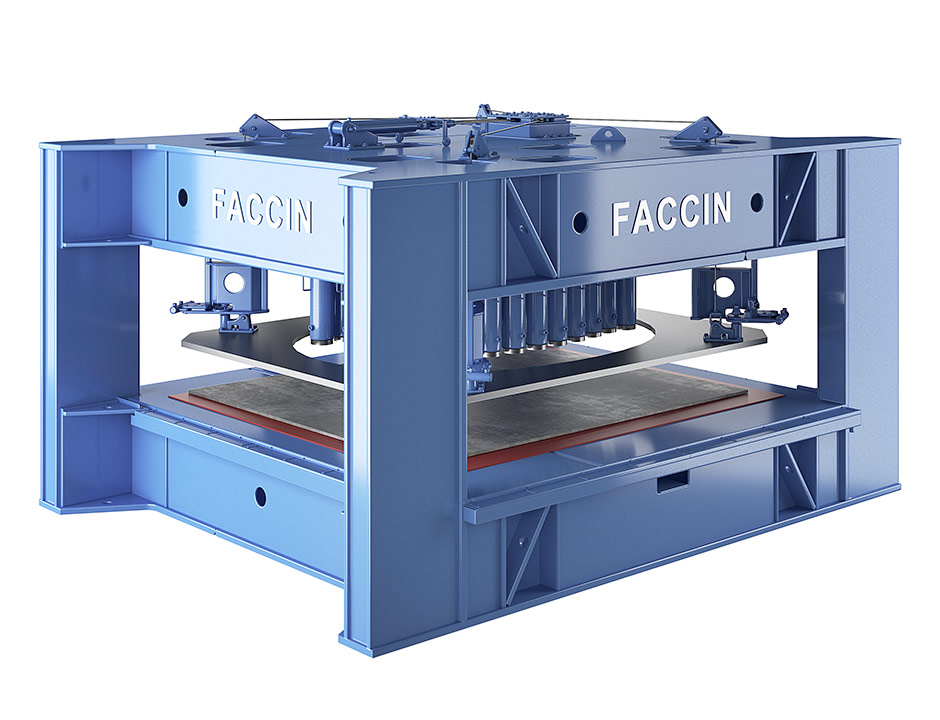The hydroforming press has been the preferred alternative to traditional metal stamping for many years. Metal stamping was the preferred method of metal forming for decades. However, hydroforming presses offers many financial and other benefits that cannot be duplicated by metal stamping.

Image Source: Google
Operational costs
Operational costs are the first benefit. Hydroforming is cost-effective in the first place: the tooling process. A hydroforming press is a one-time investment that allows you to start the process with minimal tooling.
Hydroforming also has a lower cost per unit of operation. This is because it reduces processing costs. A hydroforming press can reduce tooling, setup, and development costs.
The scrap generated by hydroforming is very low or negligible. Even with close nesting, conventional sheet stamping can produce a high amount of material waste. Sheet stamping can result in 50% to 70% more material waste than hydroforming.
Non-Financial Benefits
Hydroforming presses offer many other benefits than financial. The first is the quality of the finished product. Hydroforming creates high-quality goods at a fraction of the expense of secondary finishing.
Also, parts have shown a significantly higher structural strength. This is due to sheet stamping sins, and/or stretch which can impact the desired tolerance.
This can also affect the overall appearance and feel of the product, making secondary finishing necessary.